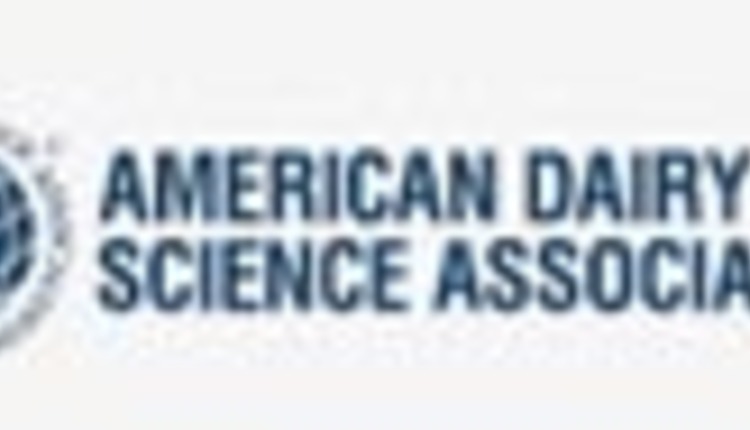
It is clear that the SARS-CoV-2 virus is going to impact the way we operate for the foreseeable future. Indeed, COVID-19 may change the way we live for a long time. For that reason, The Dairyland Initiative team has developed the below guidelines for our dairy clients to combat COVID-19.
While the disease has yet to become a major problem in rural communities, it is likely to spread and leave even more devastation in its wake if farms do not take the necessary precautions.
Many are already adopting some of the statewide recommendations and guidelines from the milk processor. We have built on these with principles that are in operation in hospitals and other gathering places, and approaches taken in parts of the world where greater levels of biosecurity are already in place.
The focus of the guidelines is on reducing the risk for the virus to arrive on the farm, and to limit its spread once it is present on the farm. We recognize that some of these guidelines will be harder to implement depending on herd size, but it is pertinent to adapt these guidelines for your herd to the best of your ability.
All Farm Personnel:
All herd owners and workers should operate to reduce the risk of virus spread between each other.
- All farm employees and visitors should practice social distancing (maintaining 6 feet or 2 m between each other) and basic hygiene practices at all times (frequent hand washing in soap and water for 20 seconds) while adhering to statewide prevention policies.
- As much as possible, in close confinement, all personnel should wear a face mask and gloves.
- Washroom facilities and communal areas should be disinfected at the end of each shift or at least 3 times a day.
- Ideally, breakrooms and communal areas should operate with no more than one person in occupancy at any one time. Create multiple rest areas to accommodate the entire shift, or at a minimum, observe social distancing during these breaks. Some may elect to close the communal areas and have workers take breaks in their vehicles.
- Adopt operating procedures that maintain separation between personnel such as spatial preparation sequences in the parlor rather than sequential sequences. Each space should have its own equipment (e.g. dip cups, teat scrubbers, etc.), and it should not be shared between workers on the same shift. Disinfect all equipment and contact points at the end of the shift.
- Create teams of workers (i.e. socially stable groups) that stay in one group the whole time. You can have a team of one, but you will also need a backup team for every farm operation, if possible. We are used to having different work crews for milking, feeding, maternity, and sick cow work. As much as possible, divide your crews into teams that continue to work together all the time, without contact with other teams (on or off the farm!). They may work at the same time, but in a different area or at a different time. This is relatively easy to do for milking crews that all work together for one shift and have no contact with the next shift. However, for other areas of the farm, it is more complicated. For example, you may need to operate two feeding teams rather than one and have them work at different times of the day – an AM and a PM shift. That means if one member of a feed team gets sick, the whole team stays home for 10-14 days and the back-up team operates in its place, ensuring continuity of operations. You will need to split up the best workers on your farm so that they can lead separate teams. Many hospitals are operating in this manner to maintain operations and limit disease spread between people and we think the approach can work on farms too.
Visitors to the Farm:
Visitors to the farm carry the risk of bringing the virus with them, so precautions must be taken to reduce the risk of infection of farm personnel. Remember, super shedders often do not know that they are infected and are not visibly ill, so treat everyone as if they are a potential source of the virus.
- All visitors should remain in their vehicles and alert the farm via cellphone of their arrival. If at all possible, visitors should remain in their vehicles to complete their business.
- Anyone leaving a vehicle should be wearing visibly clean coveralls, gloves, and a face mask.
- As much as possible, visitors should remain outside of the dairy, parlor, and office area, and practice social distancing while performing their tasks.
- Part of the dairy should be created for the arrival of occasional visitors. An area adjacent to one outside access door should be cordoned off with benches. It is commonplace in parts of Europe to have a dedicated visitor access point. In this area, visitors can leave their outer clothing and shoes and put on clean coveralls and boots provided by the farm. They can also sanitize their hands and put on gloves and masks. Once their visit is complete, they can return their coveralls to a laundry hamper for washing, disinfect boots, and put on their clothing before they leave.
Many of you reading this may think that these guidelines are an overreaction and that these practices are unnecessary. In many ways, we hope you are right. But, we have only to look at the coronavirus outbreaks occurring in slaughter and packing plants to realize that now is a good time to overreact. Prepare now to avoid further disruption in the future!


